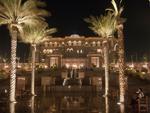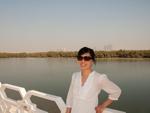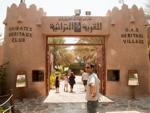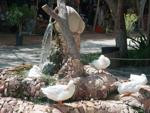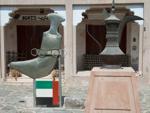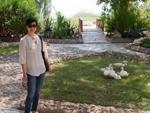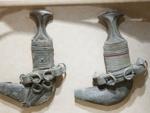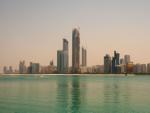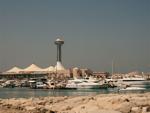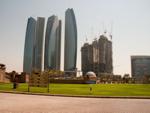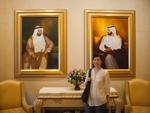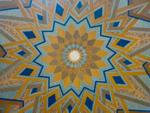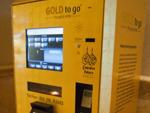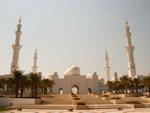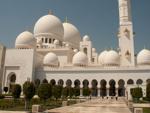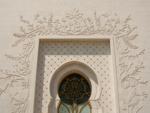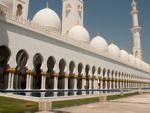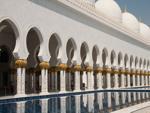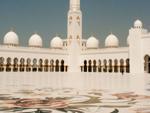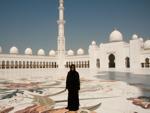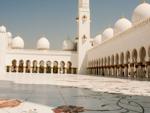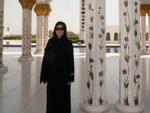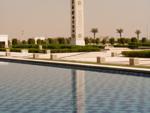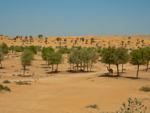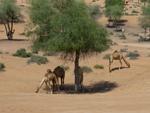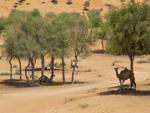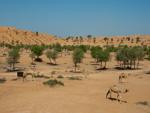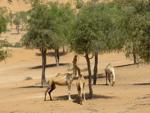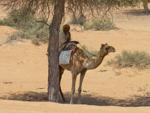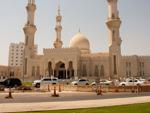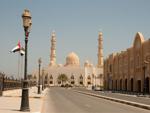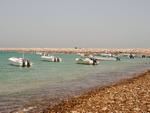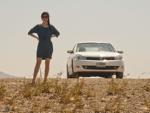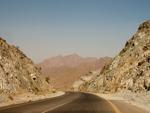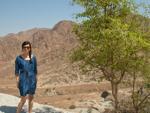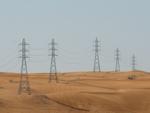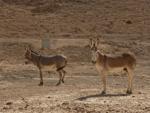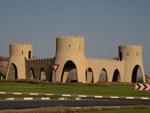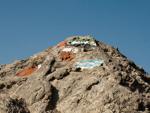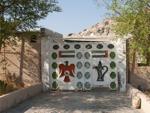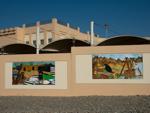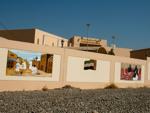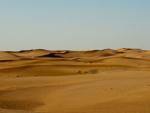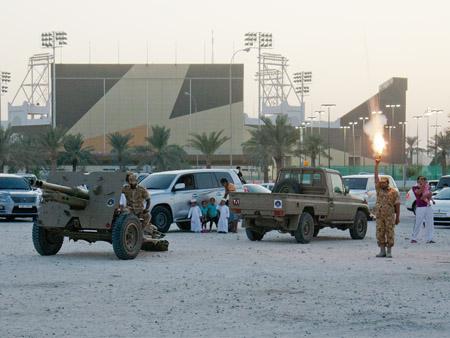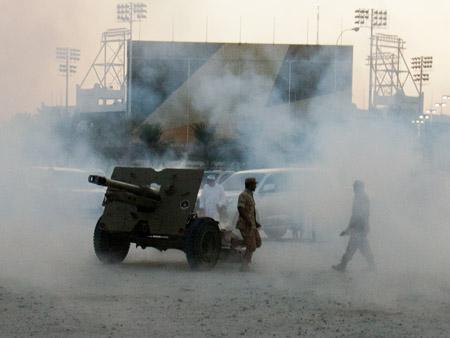We arrived on the island of Abu Dhabi around dusk. The city seemed a lot smaller than Dubai but huge in comparison to Doha. However, like Doha, there is a lot of construction going on.
In the evening we had dinner at popular restaurant – Lebanese Flower. We were starving after a day on the road and it was quite comforting and delicious, we had lentil soup, falafel, fattoush and grilled lamb and chicken. After dinner we took a walk by the Emirates Palace which is beautifully lit up at night.
The following day we decided to follow the ‘Big Bus Tours’ and do a round trip of the city.
- Marina Mall
- Sheikh Zayed Mosque
- Eastern Corniche
- Abu Dhabi Mall
- Carpet Souk
- Iranian Market
- Abu Dhabi Corniche
- Al Hosn Fort and Abu Dhabi Cultural Foundation
- Markaziyah Park and Gardens
- Public Beach
- Heritage Centre
thydzikgooglemap(http://sonyaandtravis.com/maps/abu-dhabi-2011.xml)
We started first at the eastern part of the corniche – there are marshes here off the main island, and plenty of flamingos enjoying the wetlands.
We then drove past Abu Dhabi Mall, towards the port/fishing area where we had hoped to stop and have look at the Iranian markets. It was just a street lined with stores selling Iranian pottery, knick knacks such as plasticware…and not much else. So, we drove past and continued on.
We decided to stop off at the Emirates Culture and Heritage village and have a look around. From here you could see the full view of the city skyline and surrounding it were beautiful white beaches which crystal clear water. Next to the Cultural centre was the famous Abu Dhabi flag pole – the highest in the world at
122m.
Nearby is the Marina Mall and Sky Tower. We headed to the top of the Sky Tower – to a coffee house where we took a break, had some coffee and icecream and enjoyed the views of Abu Dhabi.
After that we headed to the Emirates Palace and this time went inside to have a look see. Full of fanciful restaurants and a five star hotel.. it wasn’t as impressive inside (so I thought anyway). However, a highlight was the gold bar ATM (for withdrawing gold bars as opposed to cash!).
Sheikh Zayed Grand Mosque
Lastly, we did a stop at the Sheikh Zayed Grand Mosque. I had to put on an abaya here, as women are not allowed to be photographed without one on. The mosque itself is huge (it can accommodate 40,000 worshippers) and extremely beautiful with lots of pillars and intricate Islamic art.
thydzikgooglemap(http://sonyaandtravis.com/maps/abu-dhabi-2011-sheikh-zayed-grand-mosque.xml,s)




































































































